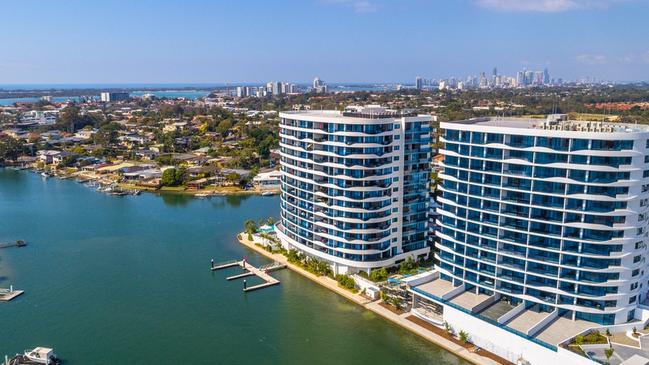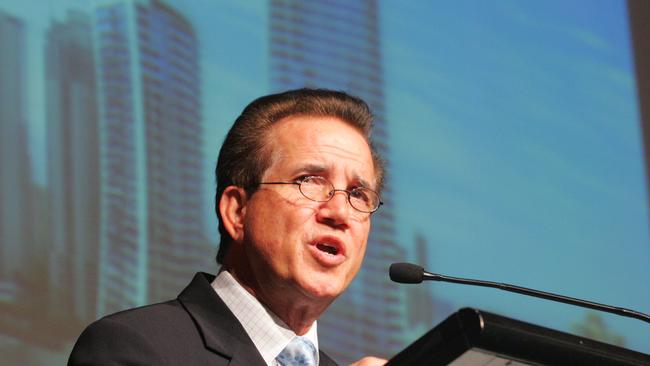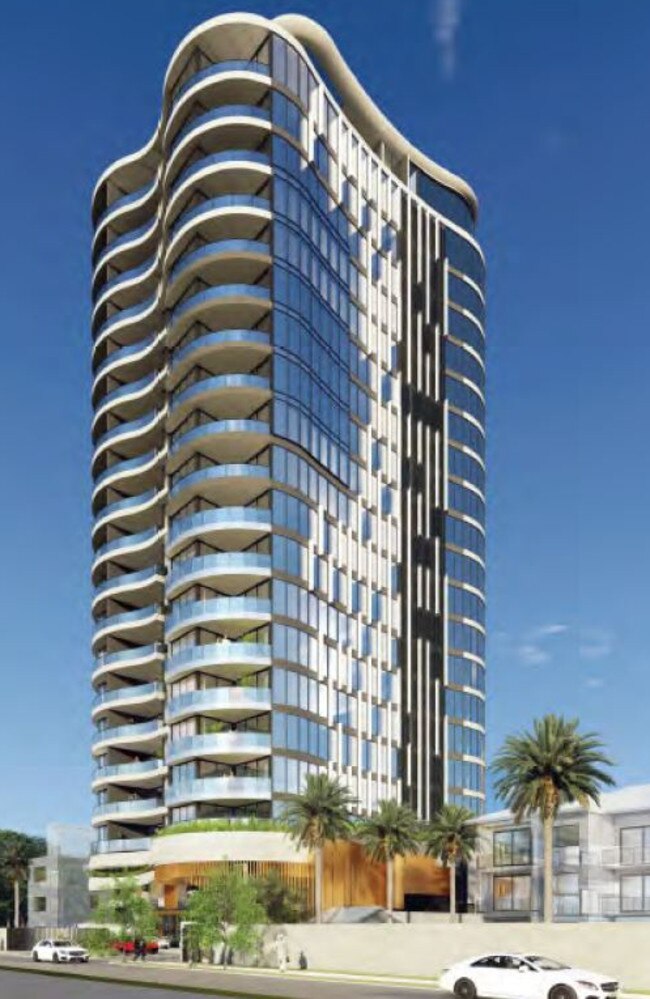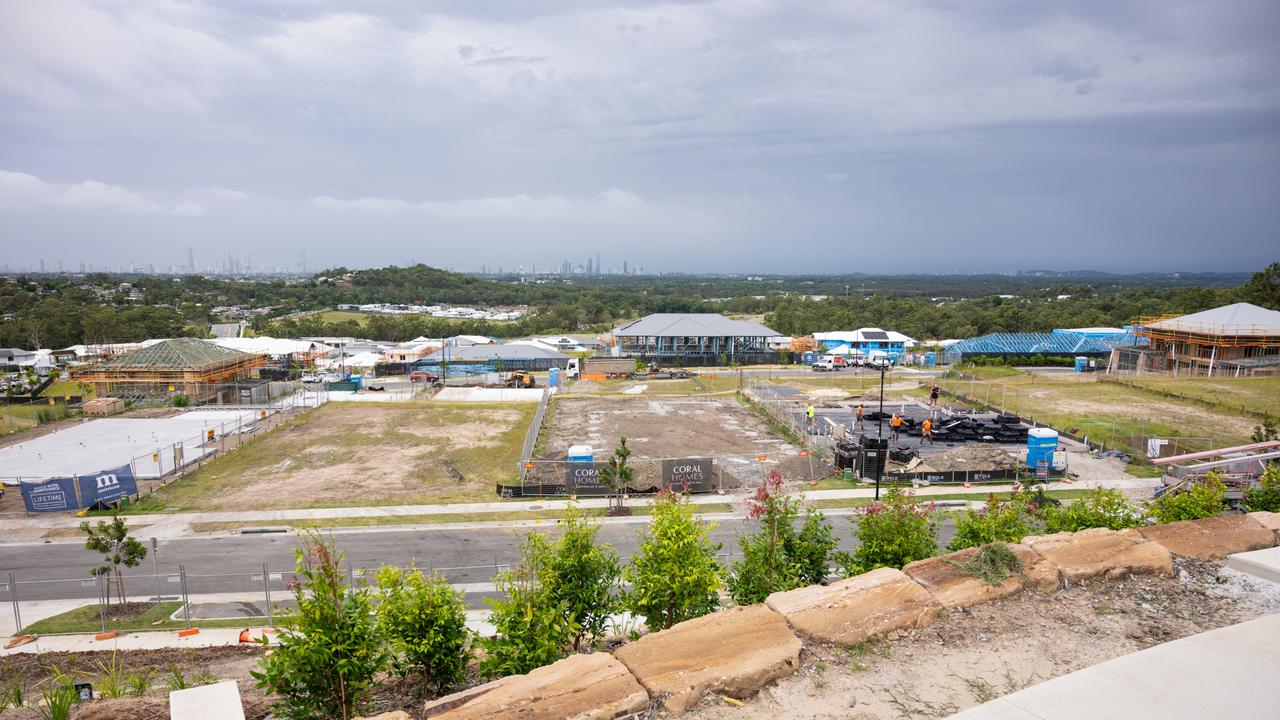Developer Jim Raptis loses case against QBCC after construction regulator took action to strip his licence
The state’s construction industry regulator has had a win against longtime Gold Coast developer Jim Raptis, the man who built Surfers Paradise’s Hilton towers.

Business
Don't miss out on the headlines from Business. Followed categories will be added to My News.
THE state’s construction industry regulator has had a win against Jim Raptis with the Court of Appeal upholding its act to strip his licence due to one of his businesses entering administration in 2014.
But it will have no effect on Mr Raptis’s business because the ban expired in September last year.
In March, Supreme Court Justice David Boddice issued a 17-page judgment stating notices issued by the Queensland Building and Construction Commission (QBCC) to Mr Raptis and his companies Ezra Constructions and Garnet Constructions in April 2018 be set aside.
The effect of the QBCC notices was to declare Mr Raptis an excluded individual who could not hold a licence where he was in control of a company for five years because of the appointment of administrators to his company RT2.

KEEP UP WITH THE CONVERSATION. 50% OFF FOR THE FIRST 12 WEEKS. T & Cs APPLY.
Mr Raptis and his son Evan are currently developing a 21-storey tower in Broadbeach called The Gallery.
The Raptis development company is not linked to the listed Raptis group, which the elder Raptis chairs.
RT No. 2 was placed into external administration with debts of $3.54 million in September 2014.
The company was used during the development of the three-tower Sapphire project in Labrador.
Mr Raptis, after the QBCC notices were issued, went to the Supreme Court saying the QBCC had not given him the right to be classified as a permitted individual, which would mean he could keep his licence.

DEVELOPER JIM RAPTIS FIGHTING QBCC TO KEEP BUILDER LICENCE
The case hinged on the interpretation of the QBCC Act, which was amended in October 2014, with the relevant new sections commencing in July 2015.
The QBCC took action against the Raptis group under the previous laws, under which the person or company threatened with exclusion had the right to apply to be a permitted individual.
The court in March found in Mr Raptis’s favour and set aside the notices.
The QBCC then took the case to the Court of Appeal and last month Justice Philip McMurdo backed the construction regulator’s view of the law.

RAPTIS GROUP POSTS $57K PROFIT FOR 2019
Justice McMurdo wrote that the revised legislation had “unambiguously” removed Mr Raptis’s right to be a permitted individual.
“Consequently, I disagree with his Honour’s conclusion that the right to seek categorisation as a permitted individual continued, and that the notices given in April 2018 were invalid because they purported to preclude that process,” Justice McMurdo wrote.
His decision allowed the QBCC’s appeal and set aside the orders made on March 12.
However, the judgment has no effect as the exclusion period, by which Mr Raptis was unable to hold a licence giving him control of a company, expired on September 30.
Garnet Constructions, which counts the elder Raptis as sole director, released a statement saying it was reviewing the Court of Appeal decision.
“Our lawyers are advising us in regard to our intention to counter appeal,” the statement read.


